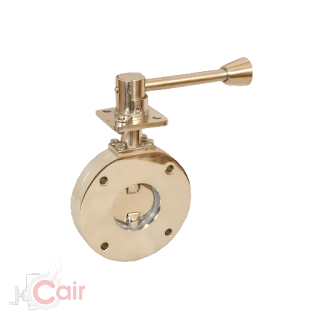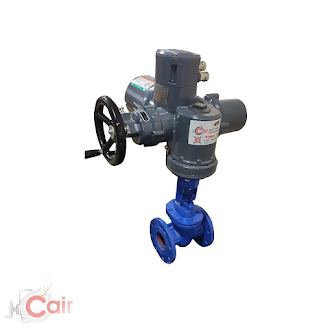Electric Actuator for Linear and Quarter Turn Control Valves
There are often options for choosing pneumatic or electric actuators as part of a process control valve installation. In recent years, electric valve actuators have gained a prominent market position due to advances in electric motor design that deliver greater torque and more precise operation.
In comparison to pneumatic actuators, electric actuators are compact and comparatively self-contained, requiring only cable connections and no other equipment. With electric actuators, there are a few advantages to consider. It has been almost ten years since Rotork introduced its CVA line of electric actuators. CVA actuators have some advantages that are likely to apply to other types of actuators as well.
The setup process is accomplished with a Bluetooth-enabled device that provides quick calibration of open and closed positions, as well as the establishment of valve setup parameters.
When the electrical connection section cover is removed, a separate sealed compartment isolates the motor and mechanical compartment from the environment.
A datalogger onboard records thrust and position data over time for asset management and service purposes. Bluetooth can be used to download data or common protocols can be used to transmit data.
When the setpoint changes, the valve position changes rapidly, precisely, and repeatably.
It is possible to program the actuator to move to a preset condition if there is a loss of power. In order to reach the failsafe position, the actuator stores energy.
With spring force vs. air pressure, force balance positioning used in pneumatic valves can result in a change in valve trim position in response to a change in system pressure. Electric drives are prevented from moving because of resistance from the gear train.
Initially, a valve moves toward a new position with a greater amount of force due to static friction between the packing and other parts. Due to the additional time required to overcome static friction, valve response is delayed, resulting in an overshoot. Sensors and the mechanical drive section of an electric actuator eliminate overshoot and delayed response.
With torque ranges suitable for a broad range of process control applications, electric actuators are available in quarter-turn and linear versions. Rotork's datasheet below illustrates the actuator interior and provides additional information about electric actuators. You can combine your process knowledge and experience with product application specialists' product application expertise to develop the best solution for your process control valve requirements.
We are the leading electrical actuator manufacturer in India. We offer various types of industrial valves, like motorized ball valves, motorized butterfly valves, motorized control valves, and many more.
Hear some important websites for valve manufacture



Comments
Post a Comment